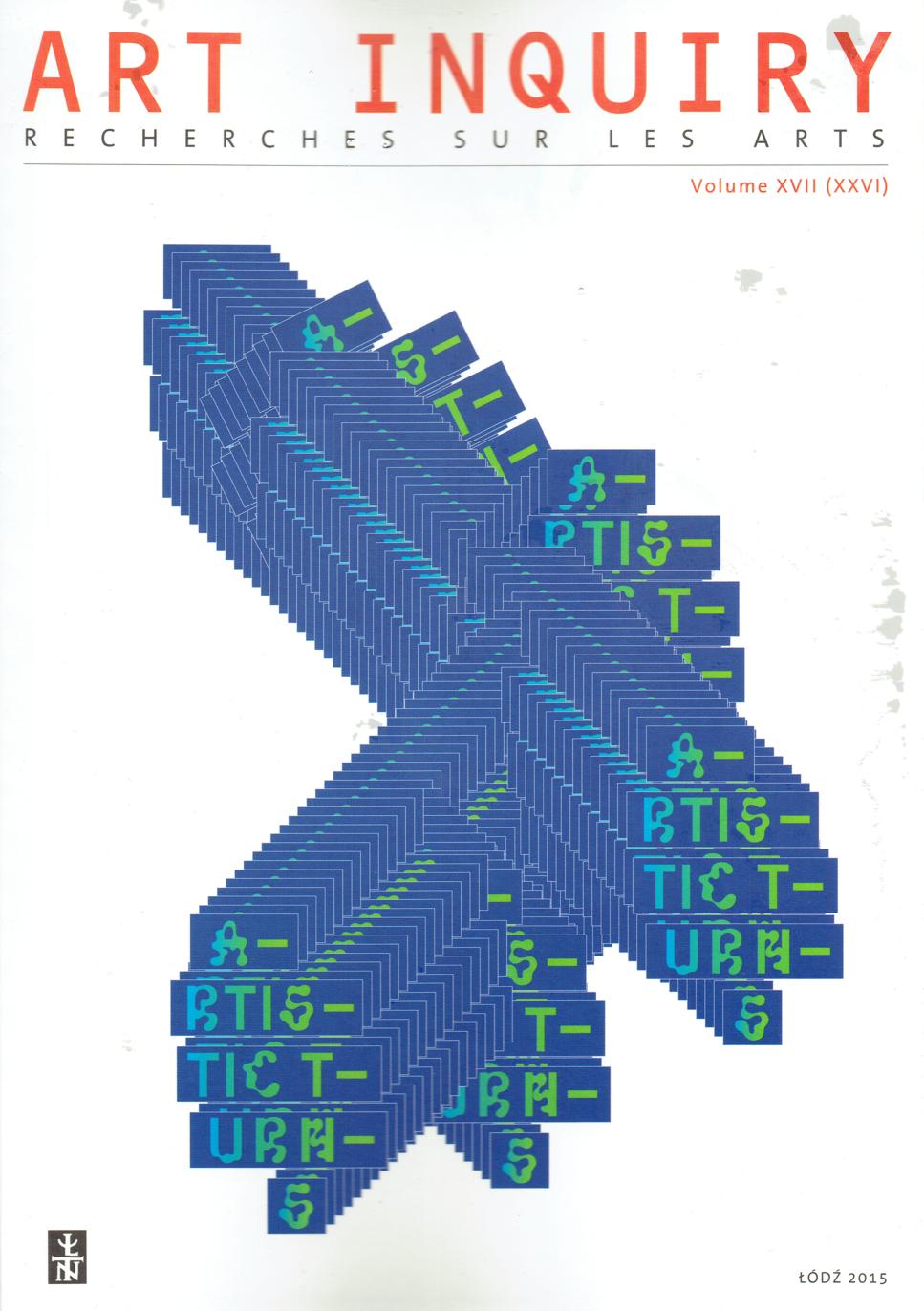Empathetic turn in the reflection on art
Empathetic turn in the reflection on art
Author(s): Grzegorz SztabińskiSubject(s): Philosophy, Fine Arts / Performing Arts
Published by: Łódzkie Towarzystwo Naukowe
Keywords: Empathy; Robert Vischer; Theodor Lipps; Heinrich Wőlfflin; Wilhelm Worringer; David Freedberg; Michael Fried; cultural turns
Summary/Abstract: At the turn of the nineteenth and twentieth centuries, scholars began to include the notion of empathy in their reflections on art, which was the hallmark of an extensive theoretical turn, whose consequences were to spread to other areas of the humanities and lead to the creation of a new research method specific to this field of knowledge. Such scholarly endeavors were characterized by psychological approach, expanded to include biophysiologica consid-erations, with an emphasis on the role of the body. Such a perspective was aimed at revaluing basic aesthetic issues, such as beauty and aesthetic experience, as well as key problems of the history of art (such as the notion of style). The article summarizes the core principles of the concept of empathy employed in the field of fine arts, and examines its use in the theories of such scholars as Robert Vischer, Theodor Lipps, Heinrich Wölfflin and Wilhelm Worringer. This will be followed by a brief consideration of the reasons why this idea was rejected by the researchers on art in the second half of the twentieth century. Against this background, my article will pose the question regarding a return to the concept of empathy (or a reemergence of the empathetic turn) in the reflection on the visual arts in this century. Its symptoms have been pointed out by some Anglophhone authors (such as Juliet Koss). One should, however, note the differences in the new approach. The former biophysiologica background has been replaced with references to contemporary research on brain functioning. Instead of concentrating on the expressive character of architecture, scholars explore e.g. an empathetic response to human images (David Freedberg) or to landscapes and still lifes (Michael Fried). The article concludes with some reflections that situate the concept of empathetic turn in the context of the theory of cultural turns proposed by Doris Bachmann-Medick.
Journal: Art Inquiry
- Issue Year: 2015
- Issue No: 17
- Page Range: 37-58
- Page Count: 22
- Language: English

